What is the PeconaqRi Game of Life?
The PeconaqRi Game of Life simulates the dual reality of our life. The Game takes a piece of our “Real World” and makes it the “Stage” for the playing of a “Simulated Game of Life” by “Virtual People” controlled by the game players.
Instead of searching and playing with virtual Pokemon monsters inhabiting our Real World, in the PeconaqRi Game, the players become “Virtual People” playing a simulated game of life over 3X number of Stops/Stations on a selected “Game Path” of 3 Thematic Trails of X Stops each, in a selected geographical location of thematic interest.
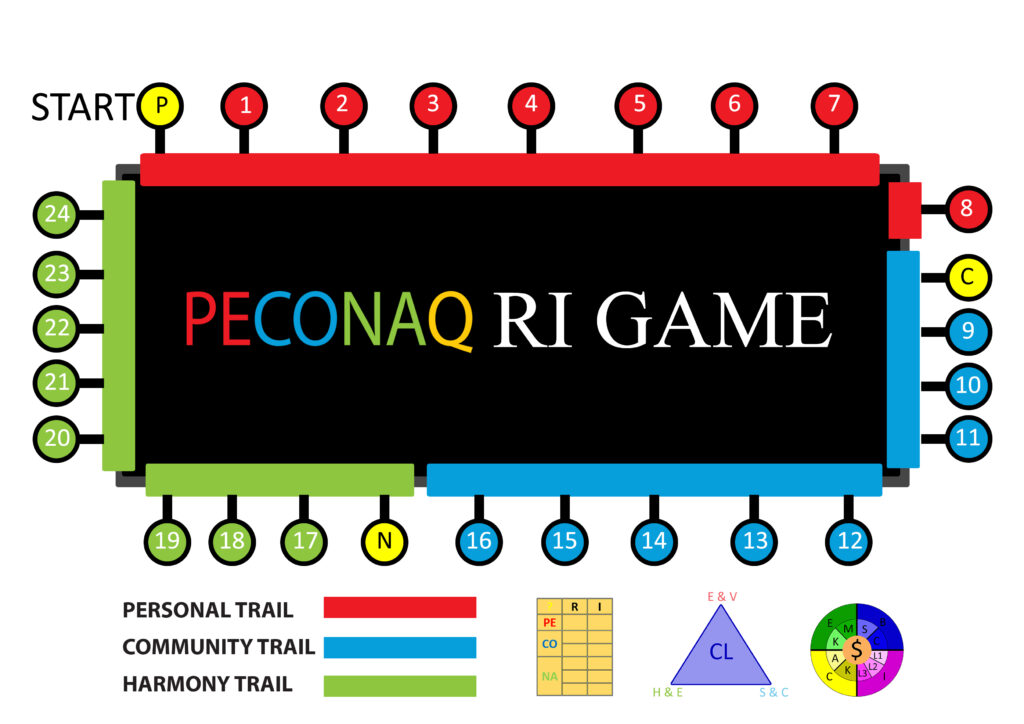
The Game can be played, either physically by walking from Stop to Stop, or virtually travelling between Stops via Google Earth app. In this way, a team of players can consist of both physical members walking along the trails between Stops and virtual members traversing between Stops via Google Earth app.
The Game is similar to the golf game, where the rules of the golf game does not change – hitting a ball from from one hole/station to the next, over 9 or 18 holes/stations golf courses. However, golf courses where the golf game is played are set in different locations all over the world.
Similarly, the rules of the PeconaqRi Game of Life does not change, but the 3 thematic trails with their Stops/Stations can be set in any selected geographical location by the Game designer. The Game designer defines the trails and stops along the Game course, and should also customize the customizable items in the Game.
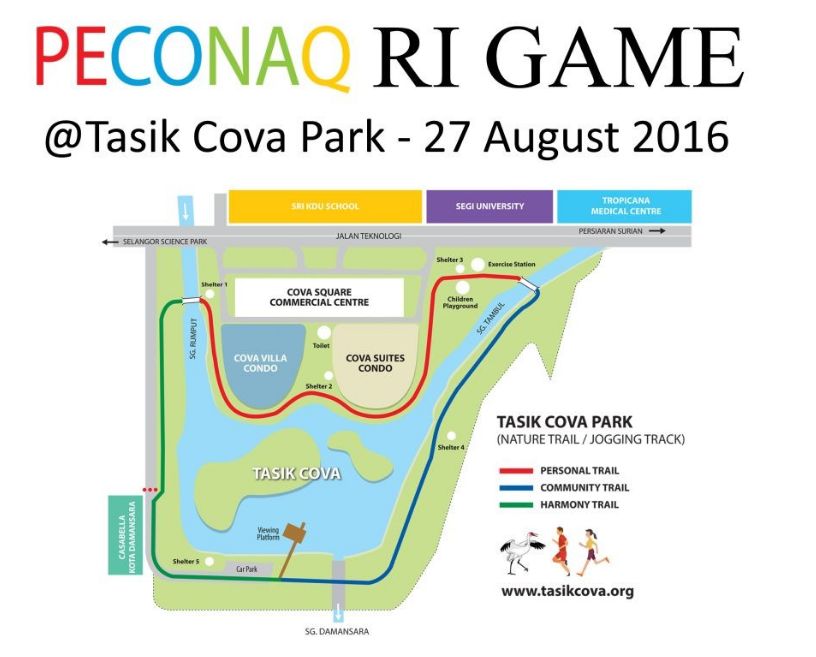
Game Objectives
The Game has two educational objectives. They are:
(a) To help players develop an enhanced awareness of the piece of the “Real World” that has been selected as the location for the Game, and the thematic issues of interest related to the people, community and nature of the selected location.
(b) To help players develop an appreciation and understanding of personal finance and how to live life creatively, like an adventure journey of a Hero, through playing a simulation of the 3 key aspects of a person’s life – Personal self-actualization, Community engagement and Harmony with Nature.
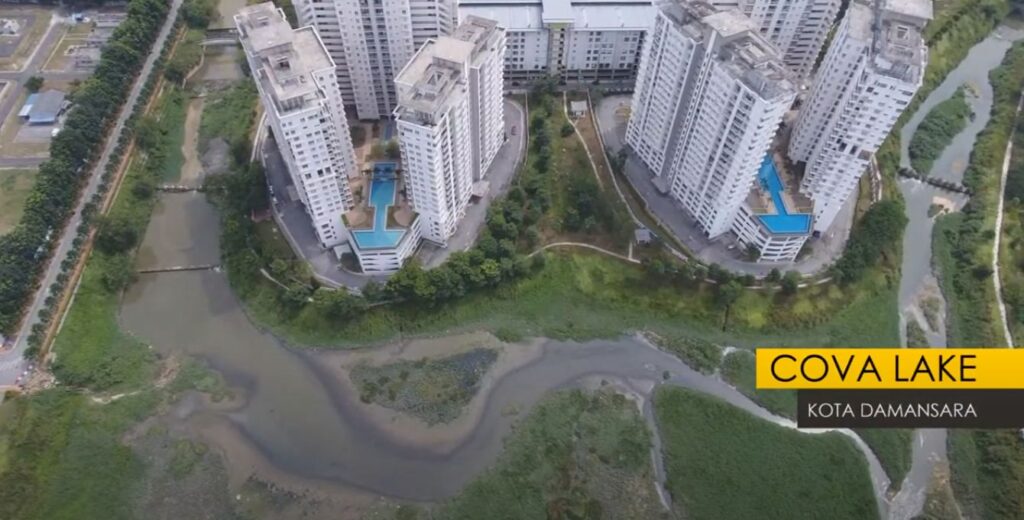
Game Design Steps
The following are the ways the Game was designed to achieve the Game’s two objectives.
Objective 1 – Enhanced awareness of the environment (community and nature) along the 3 selected trails in the Game.
- The Game designer has to select the trails carefully and identify key entities and issues of interest in the community and natural environment along the Stops in the chosen trails.
- The Game designer has to create questions to be asked at each Stop to prompt the players to identify those entities and issues of interest at each Stop. The objective is to help the players develop their observation skills and get a deeper appreciation of the entities and issues they have identified and discussed with their team members at each Stop.
- The players should understand the systemic designs and dual reality linkages of the entities they identify at each Stop.
Objective 2 – Appreciation and understanding of personal finance and how to live life creatively
- This objective was achieved by asking a player to play the life of a “Virtual Person”, that is to take on an Avatar identity in the Game and play a simulation of the avatar’s life at each Stop, over three phases of the avatar’s life. They are:
(a) the Personal stage of earning money through employment and creative income,
(b) the Community stage where the players form teams and pool their earnings from the Personal stage to invest in business and other investment products,
(c) the Harmony stage (retirement) where they experienced the impact of their choices in the early phases of their life and see the connections between the different aspects of life, as played in the simulated Peconaq World as defined by the 3 thematic Trails in the Game.
- At each Stop the Game designer is required to select one or more short educational videos related to the designated theme at each Stop, which are defined by the themes of the 3 trails.
- Also, at each Stop there will be instructions on the decisions that the avatars have to make, and the need to record in a “Shared Game Template Google Sheet File” the consequences of the decisions made by the avatars at the preceding Stops.
- The Google Sheet File is a log of the evolving fate of the avatars’ lives as the Game is played over the course of all the Stops, with the Final Stop representing the “death” and exit of the Avatar from the Peconaq Game world, when the players can review the outcome of their avatar’s life.
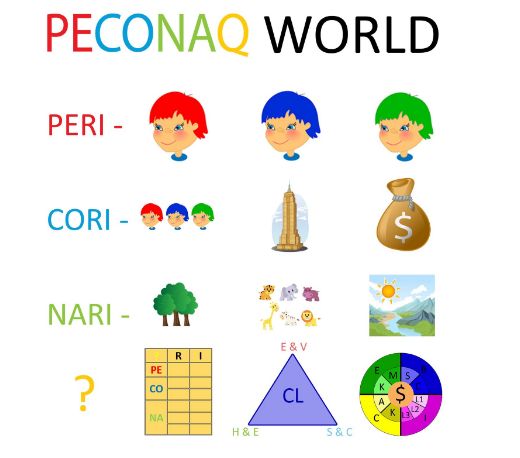
Game Design Templates
- The Game designer has to use the Google Earth app “Project Creation Tool” to define the Stops and trails in the Game.
- The Tool allows the Game designer to add videos, photos and instructions at each Stop, add Slides as dividers between a set of Stops and arrange all the Stops as a “Presentation”.
- The Game designer can share the Game/project with other Google account owners, either in Edit or View mode.
- The Edit mode is used when the Game designer is working with a team to develop the Game.
- The View mode is used when the Game designer is ready to share the Game/project with others. The sharing can be restricted to specific Google account owners, or with the Public – that is anyone with a Google account.
- A set of the Game Design Templates for 12, 18 and 27 Stops over 3 Trails, containing the standard Game instructions at each Stop, together with instructions to the Game designers on the features that they need to customize at each stop can be created. They can be created as template Google Earth creation projects and the links made public for download on the PeconaqRi Game of Life website.
- By using the Game Design Templates a Google Earth app user can design their own localized and customized version of the PeconaqRi Game of Life to be shared and played among just a few selected people, or made Public for anyone with a Google account to play.
A copy of the “Shared Game Template Google Sheet File” will also be made available for download at the PeconaqRi Game of Life website so that the organizer of a Game session can upload it to their Google Drive account and share them with the other players during the Game session to log and track the fate of their avatar’s life they are playing as the Game progresses.
Game Prototype
- The prototype version of the Game was played in an urban wetlands park, the Tasik Cova Park, in Petaling Jaya, Malaysia on August 27, 2016.
- The thematic issue of interest at this Game location is to create awareness in the community about the recreational facilities in the park, which has not been properly maintained, so as to get the local authorities to maintain it.
- A 8-page Game Booklet was prepared for the Game. Each player is given a copy of the booklet so that they can read the instructions at each stop, and log the fate of their avatars as the Game progresses. They are required to scan QR codes at each stop to get links to the selected educational videos related to the theme at each Stop.
- The cover of the Game Booklet and the 8 pages in the Booklet are shown below.
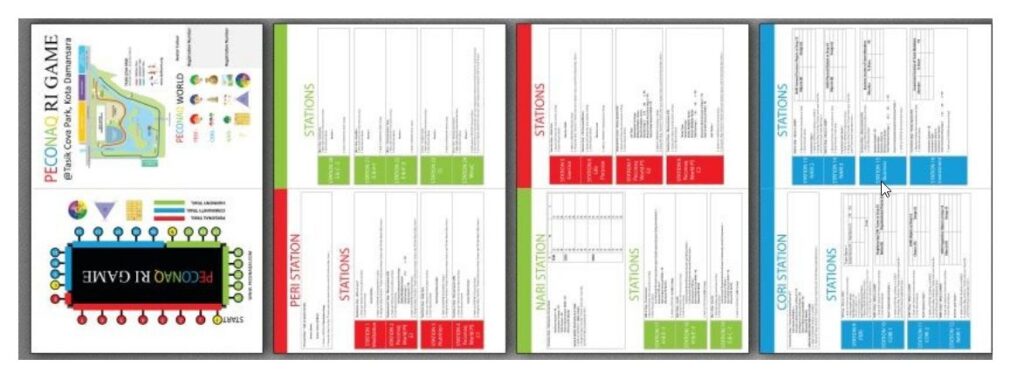
© 2025 Jin Lee. Peconaqri™, Peconaqri Academy™, and Peconaqri Game of Life™ are trademarks of Peconaq Inc. in the United States and Jin Lee in Malaysia. All rights reserved.